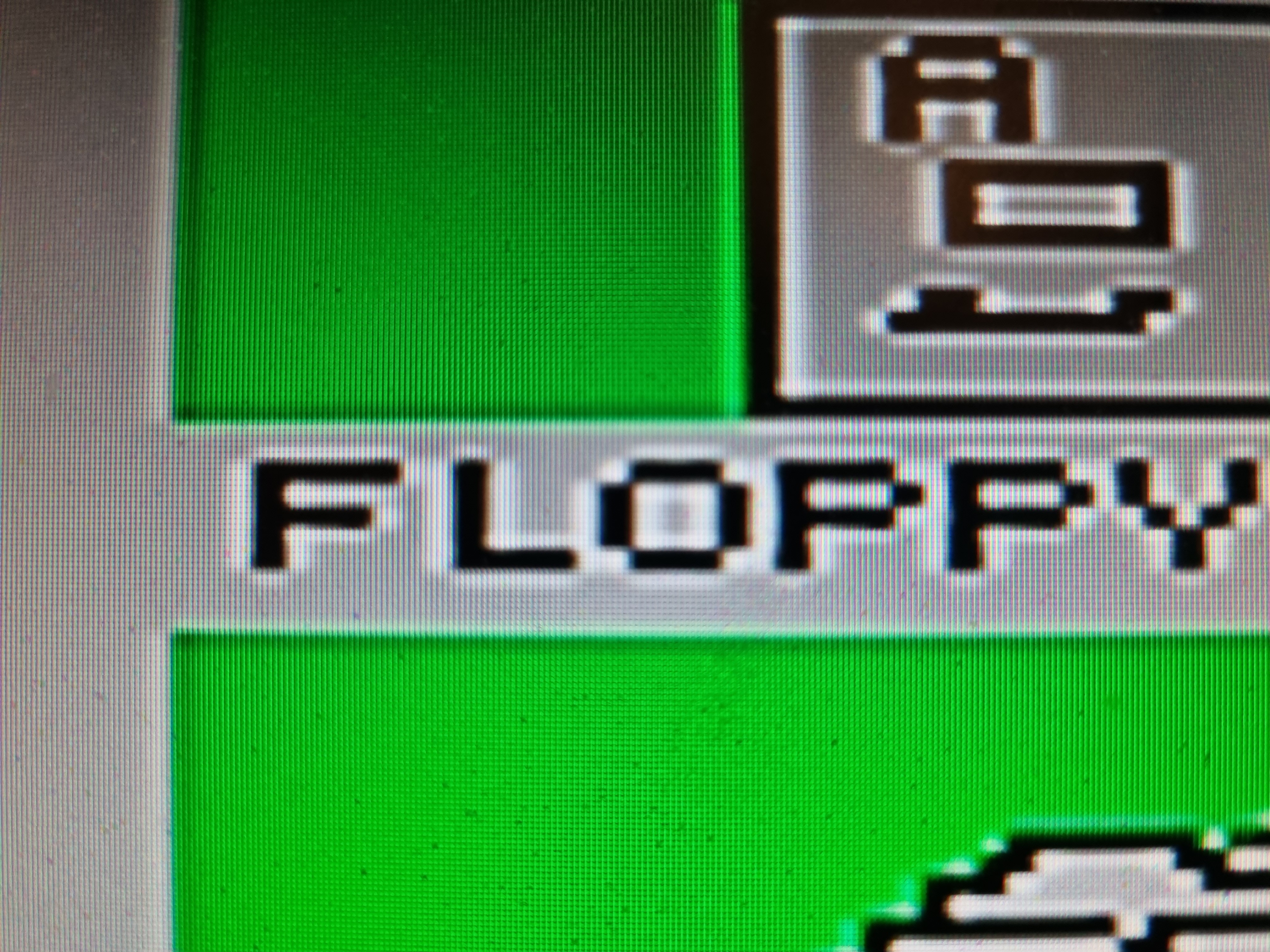-
Video cabling
05/19/2024 at 19:38 • 0 commentsI've bought a SCART to HDMI up-scaling box that copes with RGB, PAL and NSTC input.
I have ordered some Atari to SCART cables. https://www.ebay.co.uk/str/retrocomputershack specialises in retro computer cabling. I learned that the basic models of ST lack the signals to drive a SCART cable properly. Intrigued, I compared the connectors.
The Engineering Hardware Specification of the Atari ST Computer System says this:
The ST Video Port Pin Assignments
1 |---- Audio Out --------------->| 2 |---- Composite Video --------->| 3 |---- General Purpose Output -->| 4 |<--- Monochrome Detect --------| 5 |<--- Audio In -----------------| 6 |---- Green ------------------->| 7 |---- Red --------------------->| 8 |---- Peritel Power ----------->| 9 |---- Horizontal Sync --------->| 10 |---- Blue -------------------->| 11 |---- Monochrome -------------->| 12 |---- Vertical Sync ----------->| 13 |---- Ground -------------------|
Signal Characteristics
1,5: 1 VDC peak to peak, 10 kohm. 3: TTL levels, assertion not assigned. To PSG. 4: TTL levels, active low, 1k pull-up resistor to 5 VDC. To MFP. 8: 12 VDC pullup. 2,6-7,10,11: 1 VDC peak to peak, 75 ohm. 9 5 VDC active low, 3.3 kohm. 12 5 VDC active low, 3.3 kohm.
The Atari STe Field Service Manual is almost identical, apart from the audio signals now being 1k impedance and the General Purpose Output is no longer available. It says:
2.11 GENLOCK AND THE STE
The ST (and STE) chip set have the ability to accept external sync. This is controlled by bit 0 at FF820A, as documented in the ST Hardware Specification. This is provided to allow the synchronization of the ST video. In order to do this reliably the system clock must also be phase-locked (or synchronized in some other way) to the input sync signals. No way to achieve this was provided in the ST. As a result, the only GENLOCKs available were internal modifications (usually for the MEGA).
The STE, on the other hand, allows this to be done without opening the case. To inject a system clock ground pin three (GPO) on the monitor connector and then inject the clock into pin 4 (mono detect). The internal frequency of this clock is 32.215905 MHz (NTSC) and 32.084988 MHz (PAL).
NOTE. DO NOT SWITCH CLOCK SOURCE WHILE THE SYSTEM IS ACTIVE
As a result the GPO is no longer available.
Okay, so pin 3 is a genlock signal input, and the audio signals are lower impedance on the STE. But the other signals seem the same. Further investigation is required.
2024-05-21 Cables arrived! One for STe, and one for my BBC Micro. I shall investigate them soon.
2024-05-27 Tested with colour screen on CRT TV, and with SCART-to-HDMI upscaler. Boots up. Some mild ghosting.
![]()
Atari have previous convictions for poor analogue video circuitry on the 800 series, so it is no surprise to read about it in the ST. There are various ways to improve the situation, mainly larger decoupling capacitors near the output amplifier.
-
Atari 520 STFM
05/19/2024 at 14:25 • 0 commentsThis is complete, apart from a missing * key on the calculator pad area. I can live without that.
2024-05-27 Confirmed boots up with colour screen on CRT TV, and with SCART-to-HDMI upscaler. Some mild ghosting.
To do: Find the mouse.
-
Atari 1040 STE motherboard
05/19/2024 at 14:23 • 0 commentsI bought this very cheaply as a reference model for an FPGA recreation. However, I don't have time for that and other people have already done it.
I thought I might strip the components so the PCB could be recorded for posterity and reproduction if required, but someone has already done that too.
Could I at least test that it works? It has no PSU, disk or keyboard, but the OS is in ROM so it should boot up with some kind of display. I could later buy a disk and a PC-to-ST keyboard translator device.
The board had been used for testing DRAM modules, so the SIMM sockets are sitting in turned-pin strips so they could be easily replaced when they wore out. That's not going to be very reliable so I shall have to restore it with new SIMM sockets.
 Keith
Keith